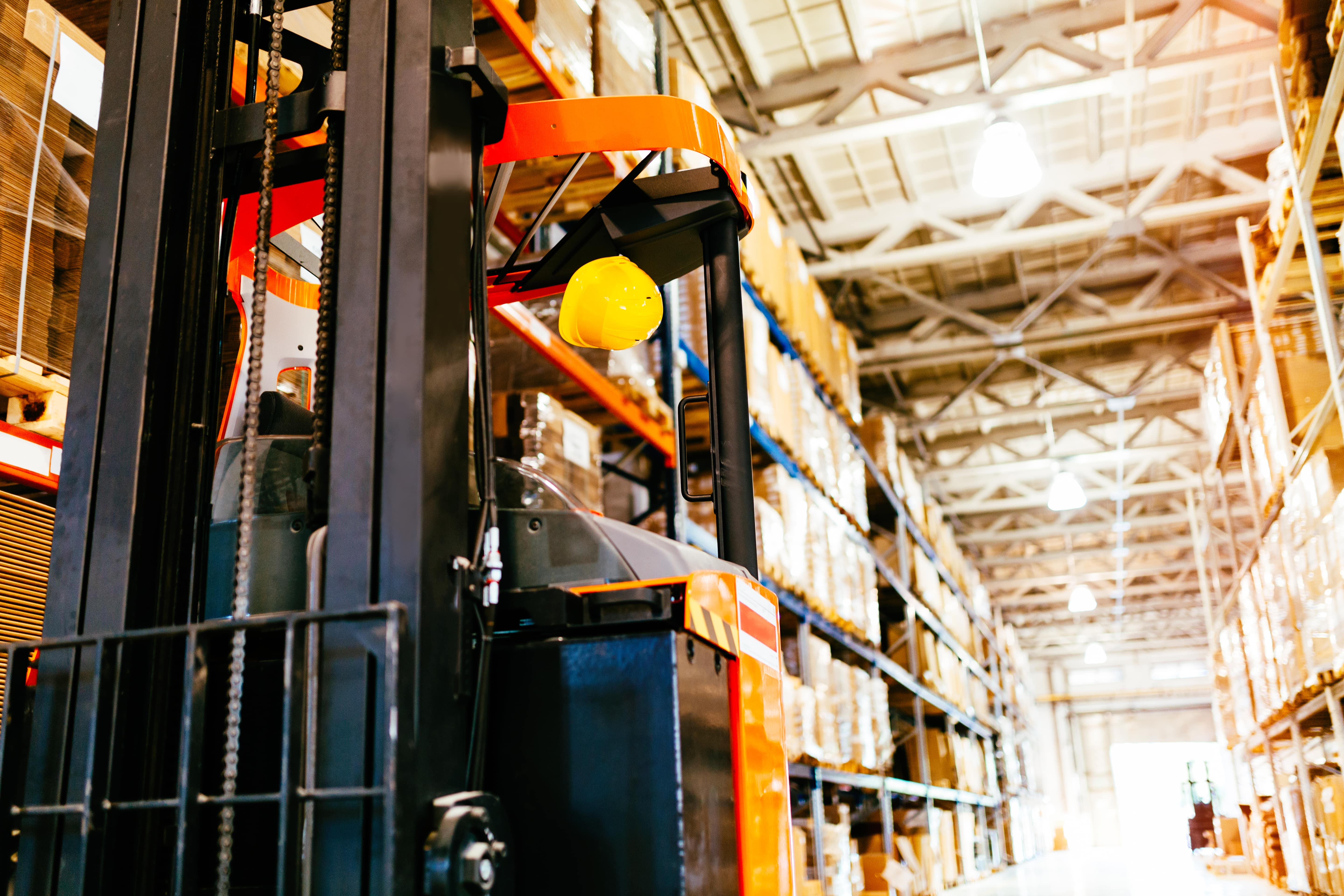Supply Chain Management: What Is It?

Managing and organizing the complete flow of products and services—from manufacturing and supply to consumer delivery—is the solution. How would you manage this supply chain's entire flow? Indeed, through logistics.
Transporting items from one place to another is not the only role logistics plays in supply chain management; it is also essential to a supply chain's overall operation. India's eCommerce retail logistics market has seen rapid growth, driven by increasing internet penetration, smartphone usage, and favorable government policies. Companies invest heavily in logistics infrastructure and technology to meet rising consumer demand and expectations for faster delivery and efficient supply chain management. This evolution underscores the critical role of logistics in the success of eCommerce businesses operating in India's competitive market landscape. From $2.2 billion in FY21 to $6.3 billion in FY26, the Indian eCommerce retail logistics market is predicted to expand at a 24 percent compound annual growth rate (CAGR). The data unequivocally demonstrates that Indian eCommerce merchants recognize the value of logistics. An effective logistics system can minimize resource waste, save operating expenses, raise customer satisfaction, and do much more. So, in this blog post, let's dive into supply chain logistics.
The term "supply chain management," which encompasses logistics, is more general and intricate. While logistics handles resource internationalization, the supply chain handles end-to-end optimization. Transportation, import and export, shipping and receiving, warehousing, inventory control, procurement, production scheduling, and customer service all fall under the complicated logistics umbrella. Companies use logistics to manage, coordinate, and track the resources required to move goods in a timely, dependable, and cost-effective manner. They view logistics as a crucial supply chain blueprint. In the existing digital era, businesses of all sizes can impact their bottom line and scale their logistics operations to produce growth and success commensurate with their level of innovation.
When supply chain management and logistics are integrated, expenses are decreased, and optimum efficiency is achieved. The following points explain the function of logistics in supply chain management:
Demand planning is a dynamic process requiring continuous monitoring and adjustment. Companies must routinely compare actual sales to forecasted demand, identifying variances and adjusting plans based on market shifts or performance discrepancies. This iterative process mitigates risks, enhances forecast accuracy, and optimizes operational efficiency, ensuring responsiveness to market conditions. Anticipating future demand is necessary for effective stock and replenishment planning. Artificial intelligence (AI) algorithms allow firms to make well-informed decisions about inventory management by accurately predicting product demand for specific seasons or times of the year. AI enhances logistics supply planning by analyzing lead times, expenses, sales data, and manufacturing schedules. This analysis helps businesses determine optimal safety stock levels, replenishment schedules, and reorder points. By preventing unexpected inventory shortages or surpluses, AI reduces costs and provides better control over expenditures. Adapting to changing consumer expectations is crucial in today's rapidly evolving market. Companies that stay attuned to customer preferences can adjust their demand planning strategies accordingly, ensuring they meet consumer needs effectively. This adaptability improves customer satisfaction and enhances brand loyalty and market competitiveness. By leveraging AI and other advanced technologies, businesses can swiftly respond to trends, anticipate shifts in demand, and maintain a resilient supply chain, ultimately driving sustained growth and success.
The delivery of goods to consumers has evolved due to technological innovation, with disruptive technologies emerging as a crucial element of both user appeal and operational efficiency. Digital twin technology is unique among these advancements since it offers a virtualized version of real-world items, processes, or systems, making it possible to test and monitor without requiring the real thing.
TADA is the leader in Ultimate Command & Control for Supply Chains, which enables businesses to connect the siloed parts of their networks to deliver real improvements in cost, cash, carbon, and revenue. Powered by its proprietary AI-enabled digital twin platform, TADA's solutions offer the best time to value in the industry, providing real-time visibility, actionable insights, and multi-enterprise collaboration and orchestration that empower businesses to take charge of their supply chains.
Running an online store requires having a functional supply chain. As a result, supply chain management is the cornerstone, and logistics is vital to any business. Now that you are aware of the significance of logistics in supply chain management, all that is left to do is apply what you have learned. However, if you run or intend to run an eCommerce business, you might need clarification on selecting the appropriate logistics partner.
Test your own scenarios with TADA’s Clean TO! Build and see the impact in minutes.
Try TADA Clean TO! Build
Test your own scenarios with TADA’s RM Inventory Manager and see the impact in minutes.
Try RM Inventory Manager

Use TADA’s Tariff Manager to model costs, build agility, and protect margins.
Try the Tariff Manager
Test your own scenarios with TADA’s Tariff Manager and see the impact in minutes.
Try the Tariff Managerest your own scenarios with TADA’s RM Inventory! Manager and see the impact in minutes.
TRY RM Inventory! Manager